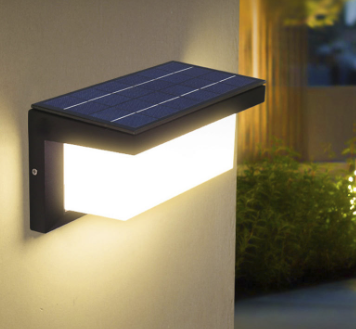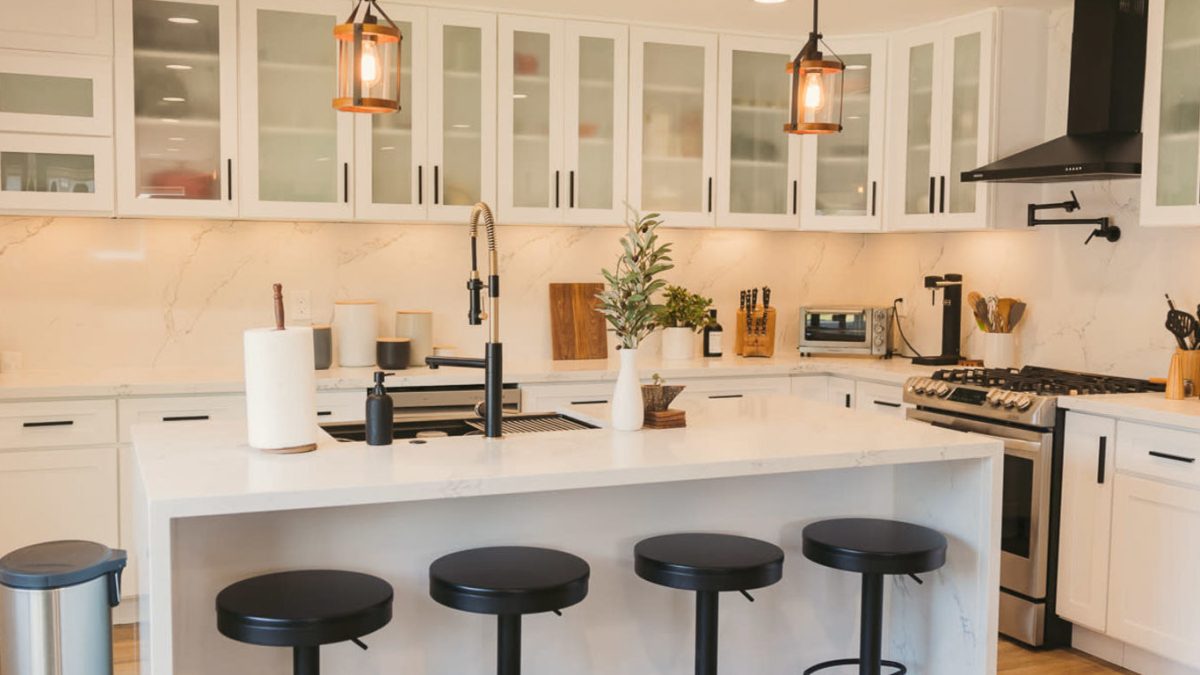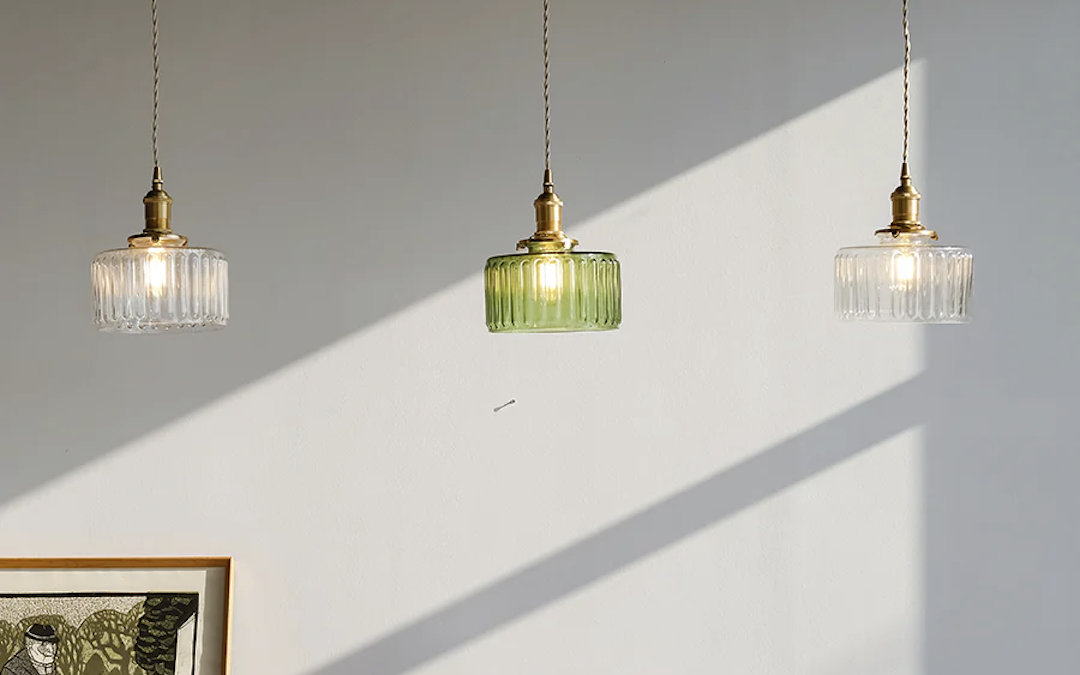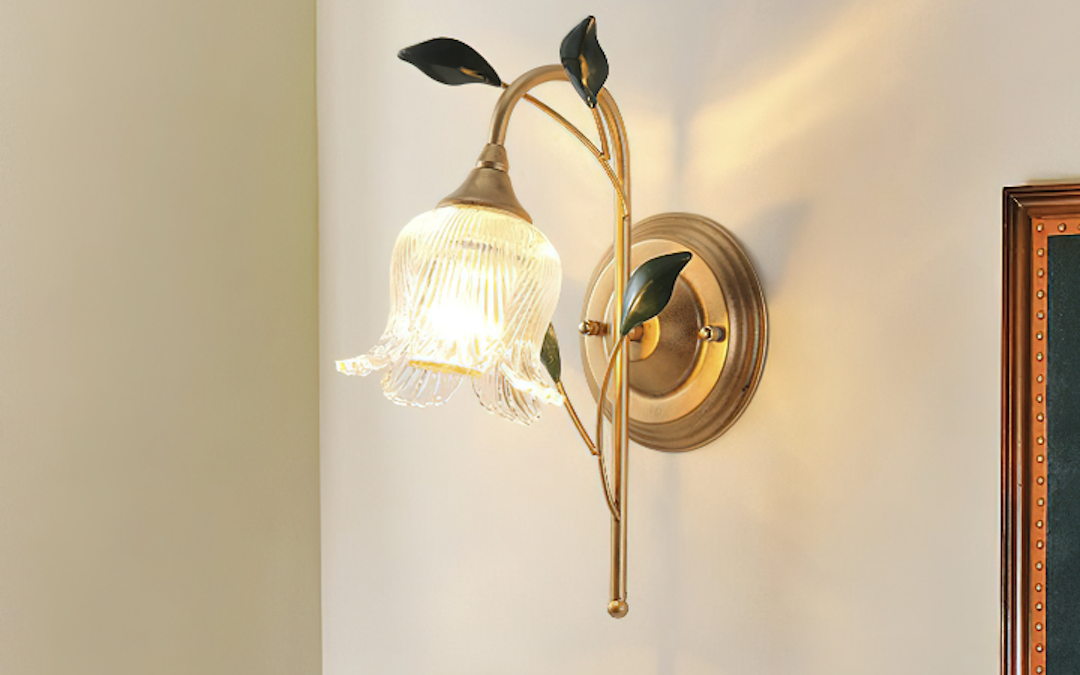
Creating a Festive Ambiance with a Strong Wall Lamp
Lighting is often an overlooked aspect of interior design, yet it plays a pivotal role in shaping the atmosphere of a space. The right lighting can transform a room from mundane to extraordinary, influencing not only the aesthetic appeal but also the functionality of the environment. Natural light, artificial light, and the interplay between the two can create a sense of warmth, comfort, and even drama.
For instance, a well-lit living room can invite conversation and relaxation, while a dimly lit dining area can foster intimacy and connection during meals. Understanding the nuances of lighting is essential for anyone looking to enhance their home or workspace, as it can significantly affect mood, productivity, and overall well-being. Moreover, lighting serves practical purposes beyond mere aesthetics.
It can highlight architectural features, artwork, or decorative elements within a room, guiding the eye and creating focal points that draw attention. The strategic use of light can also improve safety by illuminating walkways and reducing the risk of accidents in dimly lit areas. In commercial settings, effective lighting can enhance customer experiences, encouraging longer visits and increased sales.
Thus, recognizing the importance of lighting is not just about creating a visually appealing environment; it is about crafting spaces that are functional, inviting, and conducive to the activities that take place within them.
Choosing the Right Wall Lamp for Your Space
Choosing the Right Wall Lamp for Your Space
Selecting the perfect wall lamp Vopdesign for your space requires careful consideration of both style and function. With a wide variety of designs available, from sleek modern fixtures to ornate vintage styles, homeowners can express their personal taste while complementing their existing decor. When choosing a wall lamp, it is essential to consider the overall theme of the room.
Considering the Room’s Theme and Style
For example, a minimalist space may benefit from simple, geometric designs that provide subtle illumination without overwhelming the aesthetic. On the other hand, a more eclectic room might call for bold, artistic fixtures that serve as statement pieces in their own right. This consideration will help you narrow down your options and find a wall lamp that fits seamlessly into your space.
Functionality and Practicality
Functionality is equally important when selecting wall lamps. Consider the specific needs of the space: Is it intended for reading, ambient lighting, or accentuating artwork? Adjustable wall lamps can provide versatility, allowing you to direct light where it is needed most. Additionally, pay attention to the size and scale of the lamp in relation to the wall and surrounding furniture. A large wall lamp can dominate a small room, while a tiny fixture may get lost in a spacious area.
By thoughtfully considering both style and function, you can choose wall lamps that not only enhance your decor but also serve practical purposes.
Positioning Your Wall Lamp for Maximum Impact
The placement of wall lamps is crucial in achieving optimal lighting effects and enhancing the overall ambiance of a room. When positioning your wall lamp, consider the height at which it will be installed. A general rule of thumb is to mount wall lamps at eye level or slightly above to ensure that they provide adequate illumination without creating harsh shadows or glare.
In spaces designated for reading or tasks requiring focused light, such as home offices or cozy reading nooks, placing wall lamps beside seating areas can create a warm and inviting atmosphere while ensuring functionality. In addition to height, the spatial relationship between wall lamps and other elements in the room should be taken into account. For example, placing a wall lamp near artwork can draw attention to the piece while providing soft illumination that enhances its visual appeal.
Similarly, positioning lamps near mirrors can amplify light and create an illusion of depth within smaller spaces. Experimenting with different placements can yield surprising results; sometimes, moving a lamp just a few inches can dramatically alter the mood and functionality of a room. Ultimately, thoughtful positioning allows you to harness the full potential of your wall lamps.
Using Different Light Bulbs to Set the Mood
The choice of light bulbs is an often underestimated factor in creating the desired ambiance within a space. Different types of bulbs emit varying qualities of light that can significantly influence how a room feels. For instance, incandescent bulbs produce a warm glow that creates an inviting atmosphere, making them ideal for living rooms and bedrooms where comfort is paramount.
On the other hand, LED bulbs offer energy efficiency and longevity while providing options for cooler tones that are better suited for workspaces or kitchens where clarity and focus are essential. Moreover, color temperature plays a vital role in setting the mood. Bulbs are available in various color temperatures measured in Kelvin (K), ranging from warm whites (around 2700K) to cool whites (above 5000K).
Warmer tones tend to evoke feelings of coziness and relaxation, while cooler tones can promote alertness and concentration. By mixing different types of bulbs within your wall lamps—such as using warm bulbs in living areas and cooler ones in workspaces—you can create distinct atmospheres tailored to specific activities or times of day. This nuanced approach to lighting allows for greater flexibility in how spaces are experienced.
Incorporating Dimmer Switches for Versatility
Dimmer switches are an invaluable addition to any lighting scheme, offering unparalleled versatility in how spaces are illuminated. By allowing you to adjust the brightness of your wall lamps according to your needs or mood, dimmers enable you to create dynamic environments that can shift from bright and energizing during daytime activities to soft and intimate during evening gatherings. This adaptability is particularly beneficial in multi-functional spaces where different activities occur throughout the day; for example, a living room may need bright lighting for family activities but softer illumination for movie nights.
In addition to enhancing comfort and ambiance, dimmer switches can also contribute to energy efficiency. By reducing the brightness when full illumination is unnecessary, you can extend the lifespan of your bulbs while lowering energy consumption. This not only benefits your wallet but also aligns with sustainable living practices that are increasingly important in today’s world.
Installing dimmer switches is often straightforward and can be done as part of a larger lighting upgrade or as a standalone enhancement to existing fixtures. The result is a more versatile lighting solution that adapts seamlessly to your lifestyle.
Adding Decorative Elements to Enhance the Ambiance
Creating a Cohesive Design
Decorative elements such as artwork, mirrors, or even plants can complement the light provided by wall lamps and create a cohesive design narrative throughout the room. For instance, placing a vibrant piece of art near a wall lamp not only highlights the artwork but also creates an engaging focal point that draws attention and sparks conversation among guests.
Adding Texture and Softening Light
Additionally, consider using decorative shades or diffusers on your wall lamps to soften harsh light and introduce texture into your design scheme. These elements can range from intricate lace patterns to sleek metallic finishes that reflect light beautifully. The interplay between light and texture adds depth to your decor while enhancing the overall atmosphere.
Personalizing Your Space
Furthermore, incorporating seasonal decorations or personal mementos around your wall lamps allows you to customize your space continually, ensuring it remains fresh and reflective of your evolving style.
Maintenance and Safety Tips for Wall Lamps
Proper maintenance of wall lamps is essential not only for their longevity but also for ensuring safety within your home. Regularly dusting fixtures helps maintain their appearance while preventing dust buildup that could affect performance or pose fire hazards. Additionally, check bulbs periodically for signs of wear or damage; replacing burnt-out bulbs promptly ensures consistent lighting and prevents potential electrical issues.
If you notice flickering lights or unusual sounds coming from your fixtures, it may be time to consult an electrician to address any underlying electrical problems. Safety should always be a priority when dealing with electrical fixtures like wall lamps. Ensure that all installations comply with local building codes and safety standards; this includes using appropriate wattage bulbs as specified by manufacturers to prevent overheating.
If you’re installing new fixtures or making changes to existing ones, consider hiring a qualified electrician who can ensure everything is wired correctly and safely. By adhering to these maintenance and safety tips, you can enjoy your wall lamps’ beauty and functionality without compromising on safety or performance.



